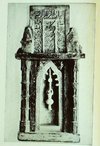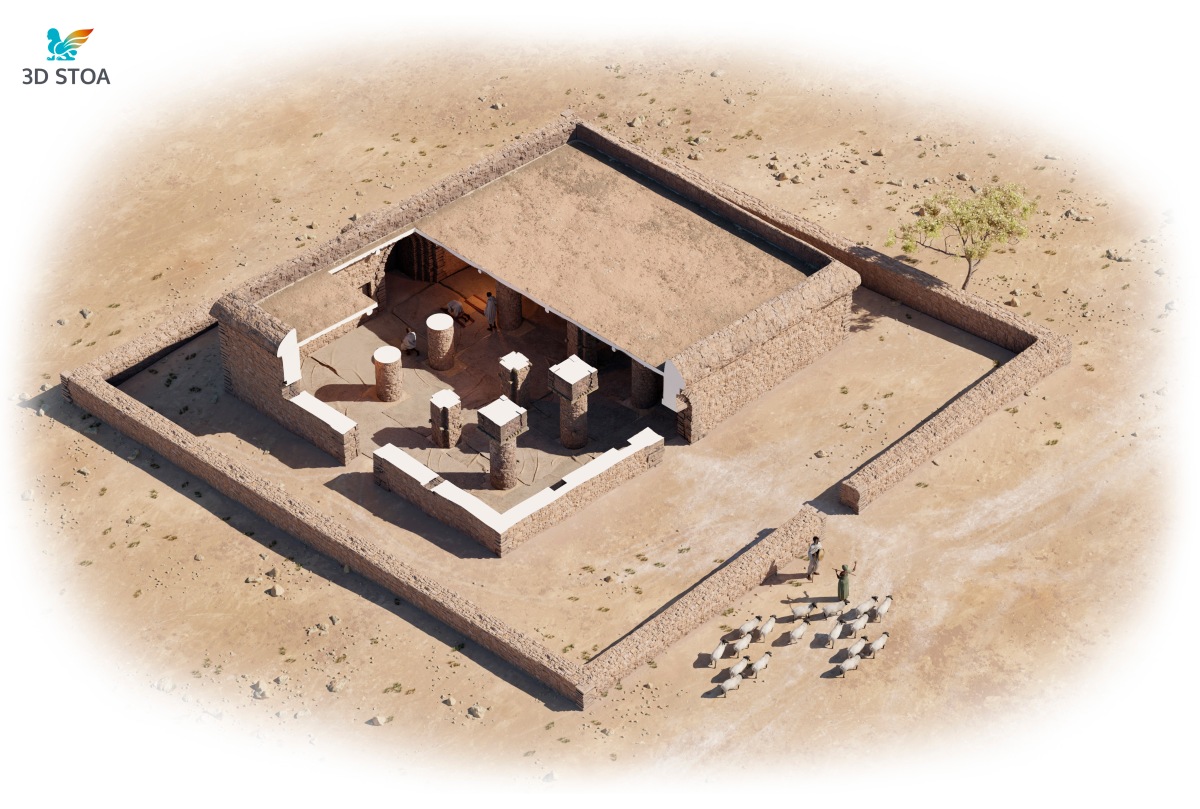Reformed J
VIP
I was reading a book 'Exploring the Old Stone Town of Mogadishu' by Nuredin Hagi Scikei
I came across an interesting section regarding the Fakhruddin masajid in Xamar Weyne being a little sophisticated than the other masjids in the area.
Firstly, he referenced an earlier study by E. Lambourn, in that Fakhruddin masajid's finishes were made of Cambay marble from Gujarat on top of it's coarse coral structure rather than fine fossilized coral the other masjids used.

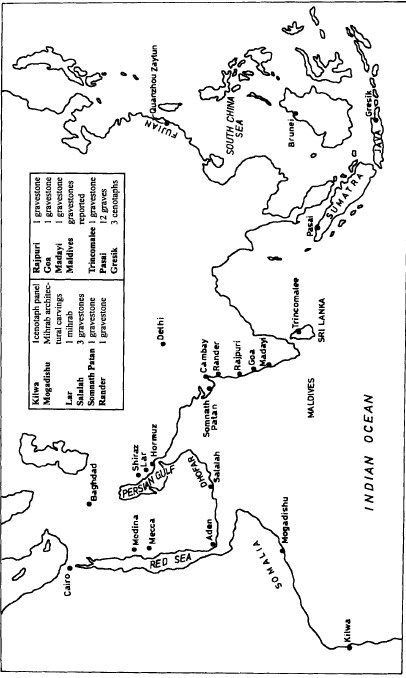
More interestingly, he pointed out the motifs and mihrab on top of the mosque were very similar to the 12th century Chasma Ayub mausoleum in Bukhara, Uzebkistan.
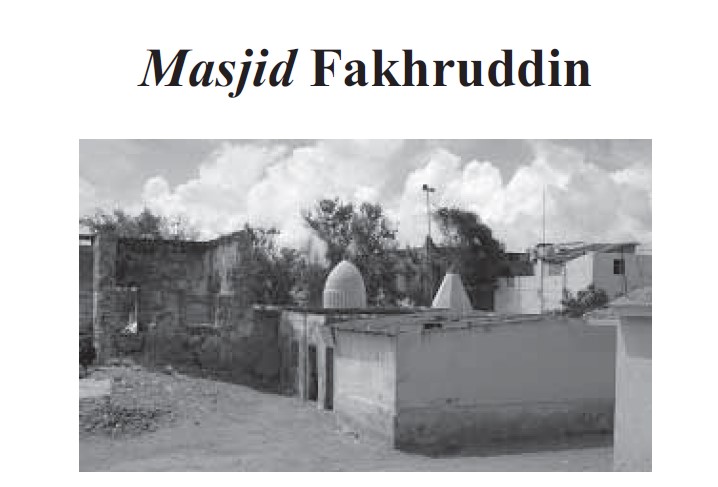
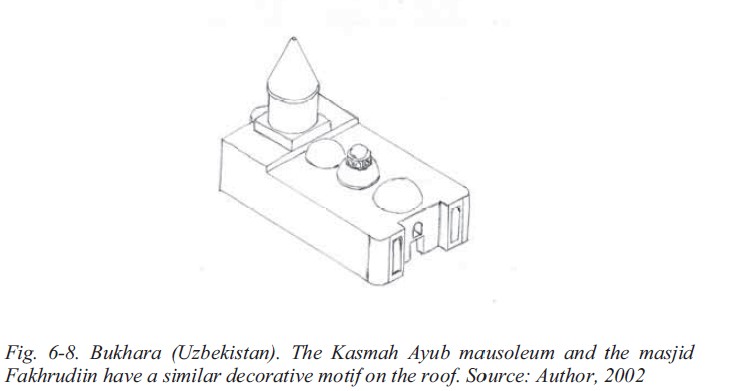
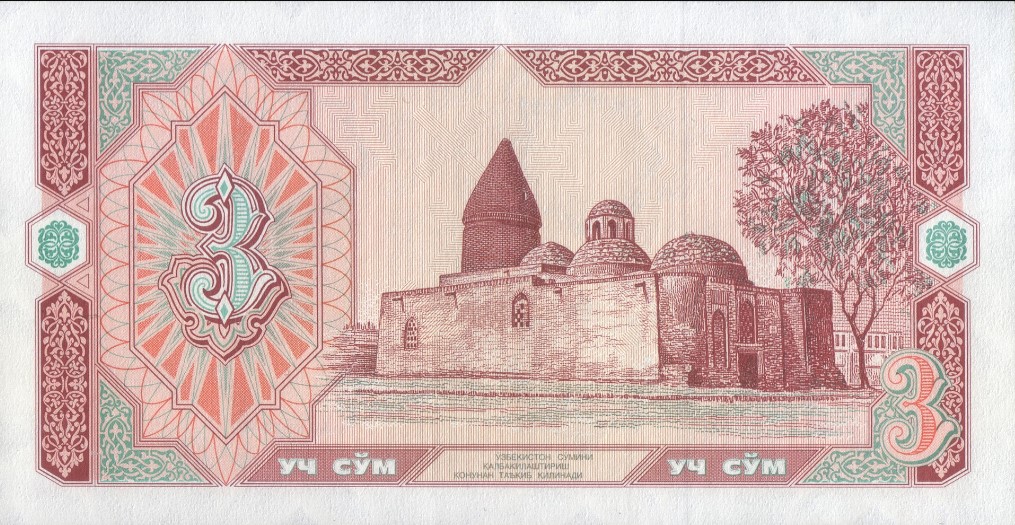
@Hamzza @killerxsmoke @Garaad diinle
You don't have permission to view the spoiler content.
Log in or register now.
I came across an interesting section regarding the Fakhruddin masajid in Xamar Weyne being a little sophisticated than the other masjids in the area.
Firstly, he referenced an earlier study by E. Lambourn, in that Fakhruddin masajid's finishes were made of Cambay marble from Gujarat on top of it's coarse coral structure rather than fine fossilized coral the other masjids used.


You don't have permission to view the spoiler content.
Log in or register now.
More interestingly, he pointed out the motifs and mihrab on top of the mosque were very similar to the 12th century Chasma Ayub mausoleum in Bukhara, Uzebkistan.



@Hamzza @killerxsmoke @Garaad diinle

